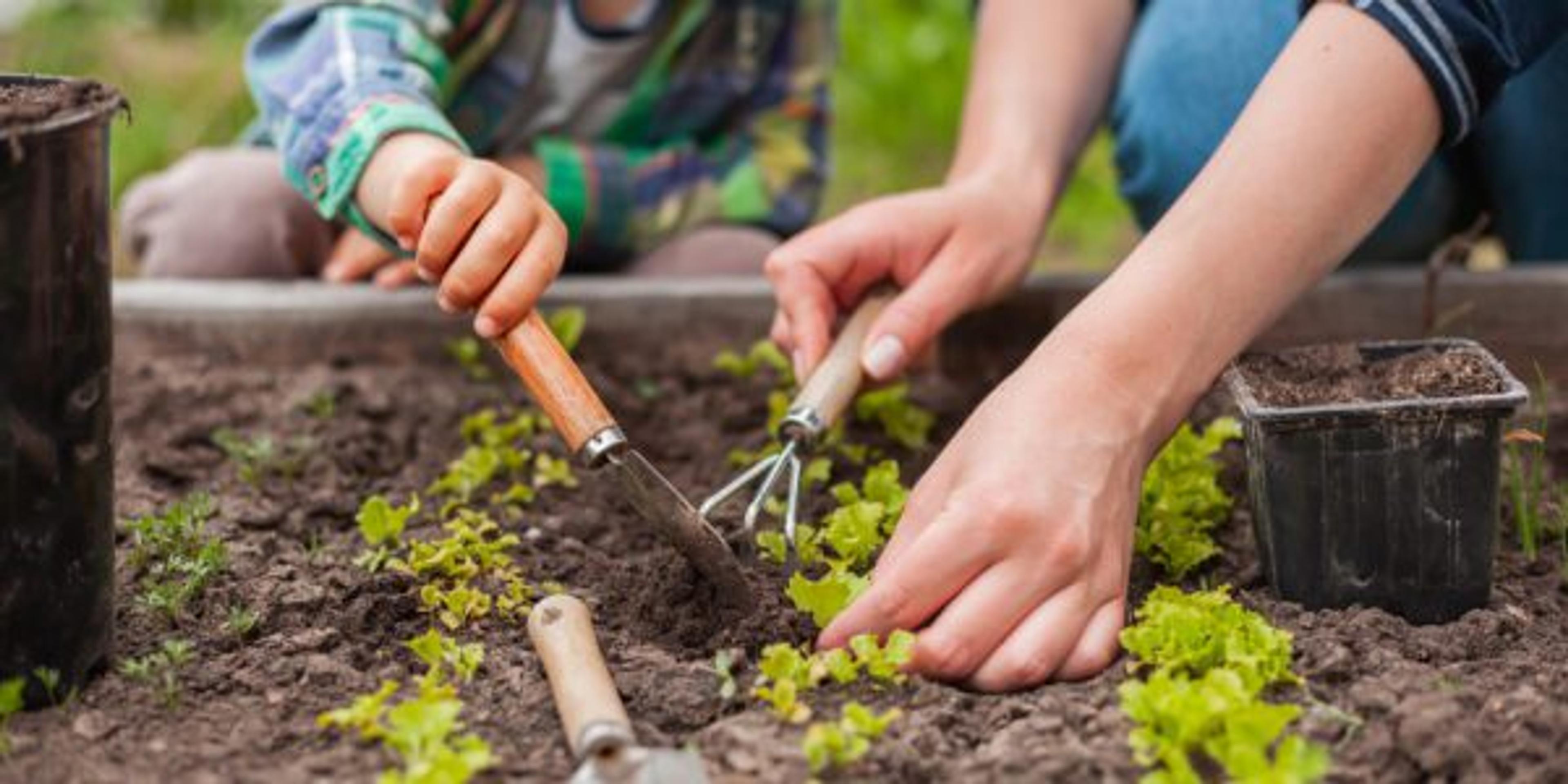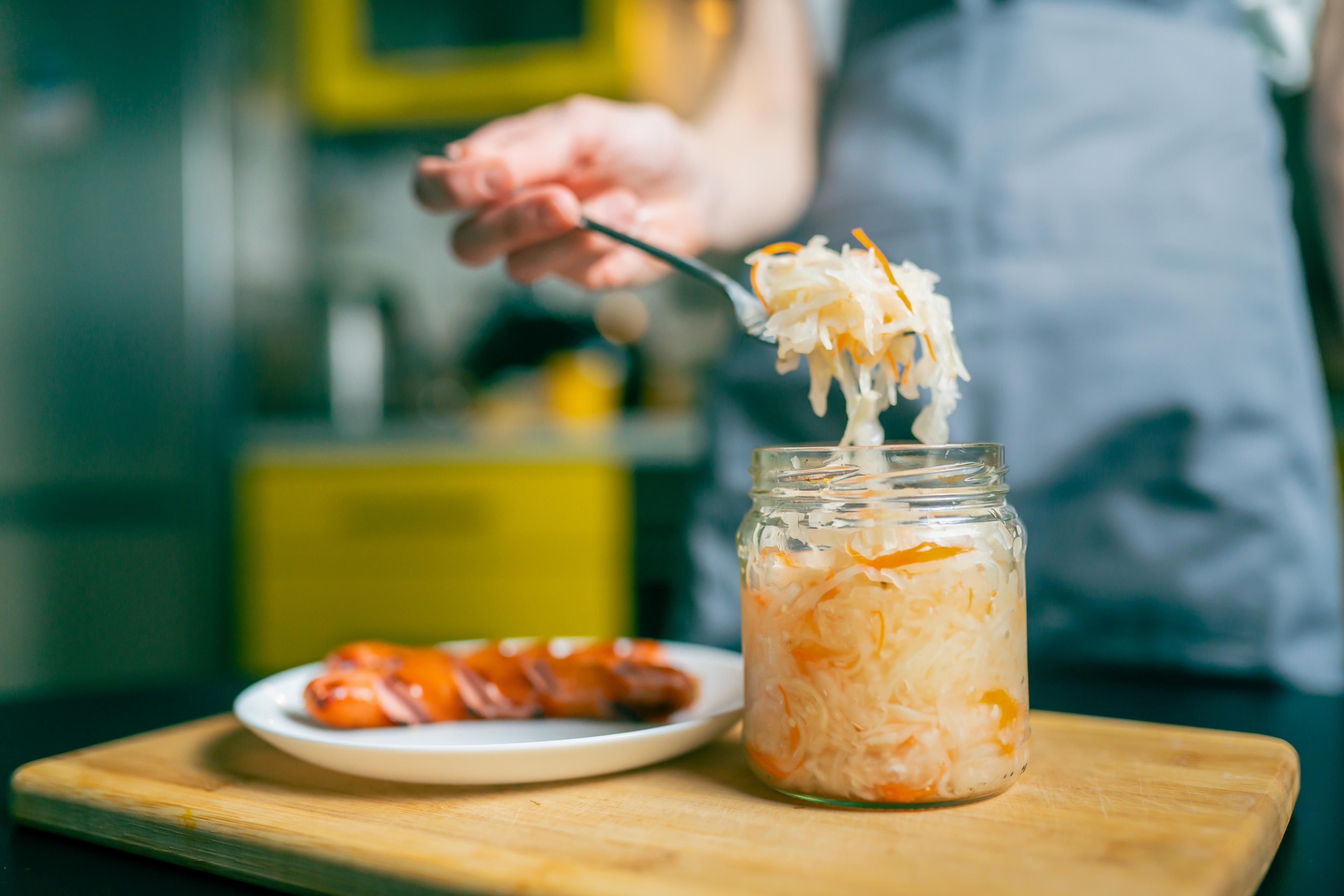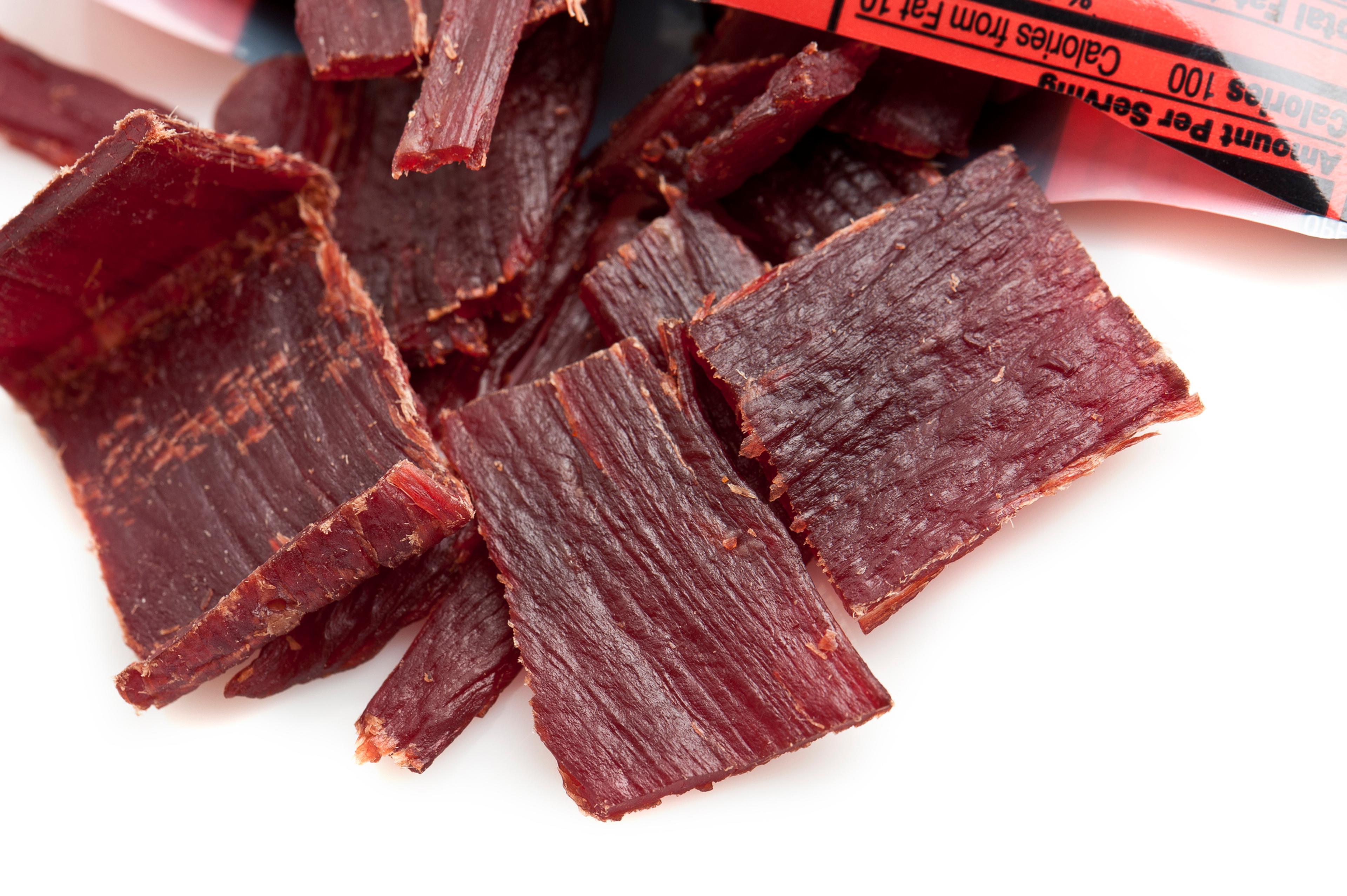5 Ways to Get Your Garden Ready to Plant in May
A Healthier Michigan
| 4 min read

Garden lovers, this is the season of so much anticipation. Major gardening activity typically waits until the soil warms up enough to plant the most common crops, and for us in Michigan, this usually means mid to late May. But as the calendar approaches that target frost-free date, there are still lots of things that can be done in preparation for the gardening season ahead. And much of what we do now can make our gardens more productive during the prime growing months.
Home gardening has seen a surge of interest, especially during the recent pandemic years. The National Garden Association estimates about 25% of U.S. homes have gardens, and that number is slightly higher for Midwest residents. Whether you are gardening on a large plot of land, in established garden beds or even in containers on your deck or front porch, there are several things you can do to get ready for the gardening season ahead.
And don’t forget to congratulate yourself on picking a health hobby. According to the Mayo Clinic, regular gardening brings health benefits including increased exercise, reduced stress and a healthier diet.
The Michigan State University Extension service offers a wealth of information for both new gardeners and those with a longtime green thumb looking to solve garden issues. Here are some things the MSU team suggests for early-season prep work.
Know your site – and your soil.
Just because you’ve always had a garden in one particular place in your yard does not mean it’s the best spot. And if you’re mapping out a new garden area, where should you put it? Sunlight, water and proximity are all factors to consider when growing vegetables.
- Pick an area that gets eight to 10 hours of full sunlight each day. Most vegetables won’t grow in shady spots, or areas that only get a few hours of direct sun each day.
- Spots that face west or south are best for sunlight.
- Watch the area during the course of a full day. Do trees or outbuildings block the sunlight?
- Make sure the area has easy access to water. You don’t want to be building buckets or pails out to a remote garden area to water plants.
- Gardens closer to a house will get more attention. You can’t ignore weeds – or ripe vegetables – if you are walking past them regularly.
- Soil testing is also important to get the most out of your gardening efforts. It helps you to find out the pH of your soil, the percentage of organic matter and the nutrient profile. You can use a commercially-available soil test with results delivered in a few weeks. Or contact your nearest MSU Extension office for options. See the county list here.
Order your seeds.
For best results, you could use new garden seeds each year. This way, you’ll get the best germination rate. Common garden seeds include corn, peas, green or yellow bush beans, pole beans, lettuce, radishes, beets, cucumbers, melons and squash. You can usually seed packets at your local garden store or even the gardening aisle of a big-bog store. But some people prefer to order their seeds online from well-known companies like Burpee or Johnny’s Selected Seeds.
Make a plant list.
Vegetables like peppers, tomatoes and sometimes melons and squash are more commonly purchased as transplants. Onions are purchased as “sets,” or small bulbs. All these small plants can be purchased online or at your local garden store. By making your season list before the season starts, you’ll be able to better plan your garden.
Create a garden plan.
Before you start putting seeds in rows and tucking in transplants, have a rough map or sketch where your different plans will grow this year. This helps gardeners be realistic about their space. And it saves them from the headache of buying too many plants and seeds, then realizing they don’t have room for 25 tomato plans and 10 rows of green beans.
Prep your tools.
Gardening is easier if your tools are organized. This might mean keeping your good shovel, hoe, claw-weeder and a pair of garden gloves next to your wheelbarrow or yard cart. If you’ll be gardening in containers, make sure to have enough of them and that you’ve got fresh potting soil ready for planting day.
Related Links:
- How to Get Your Garden Ready for Spring
- Can Gardening Improve Mental Health?
- What to Plant in an Herb Garden
Photo credit: Getty Images





